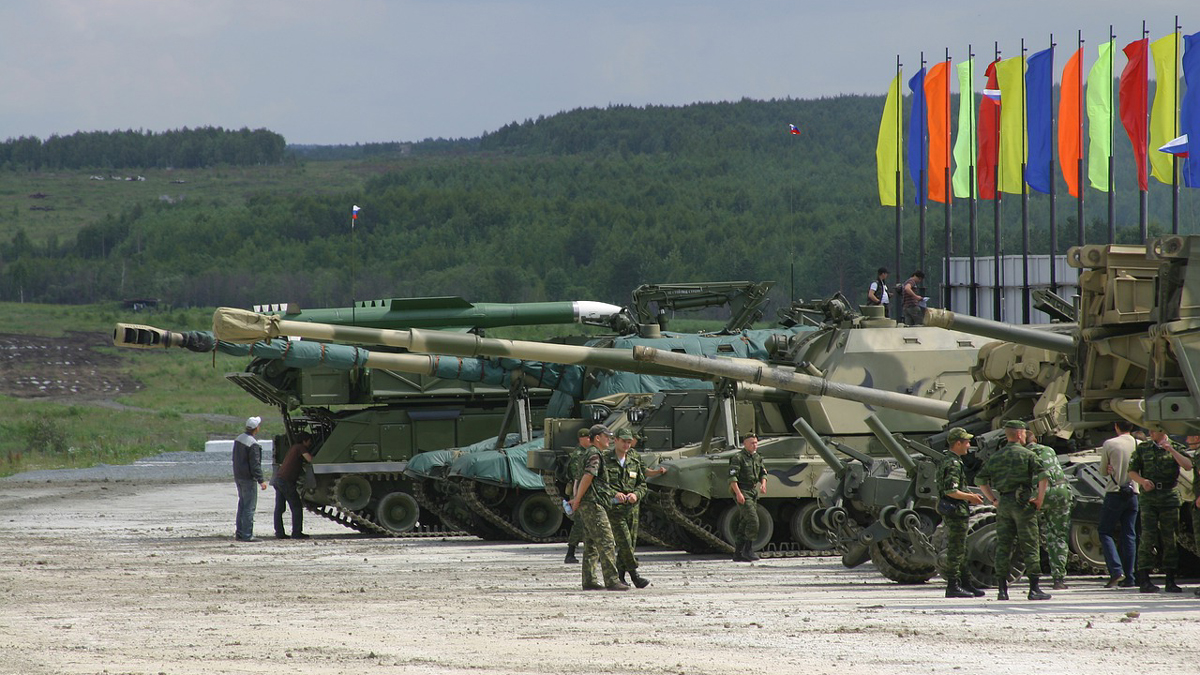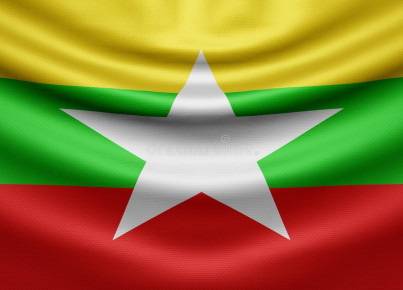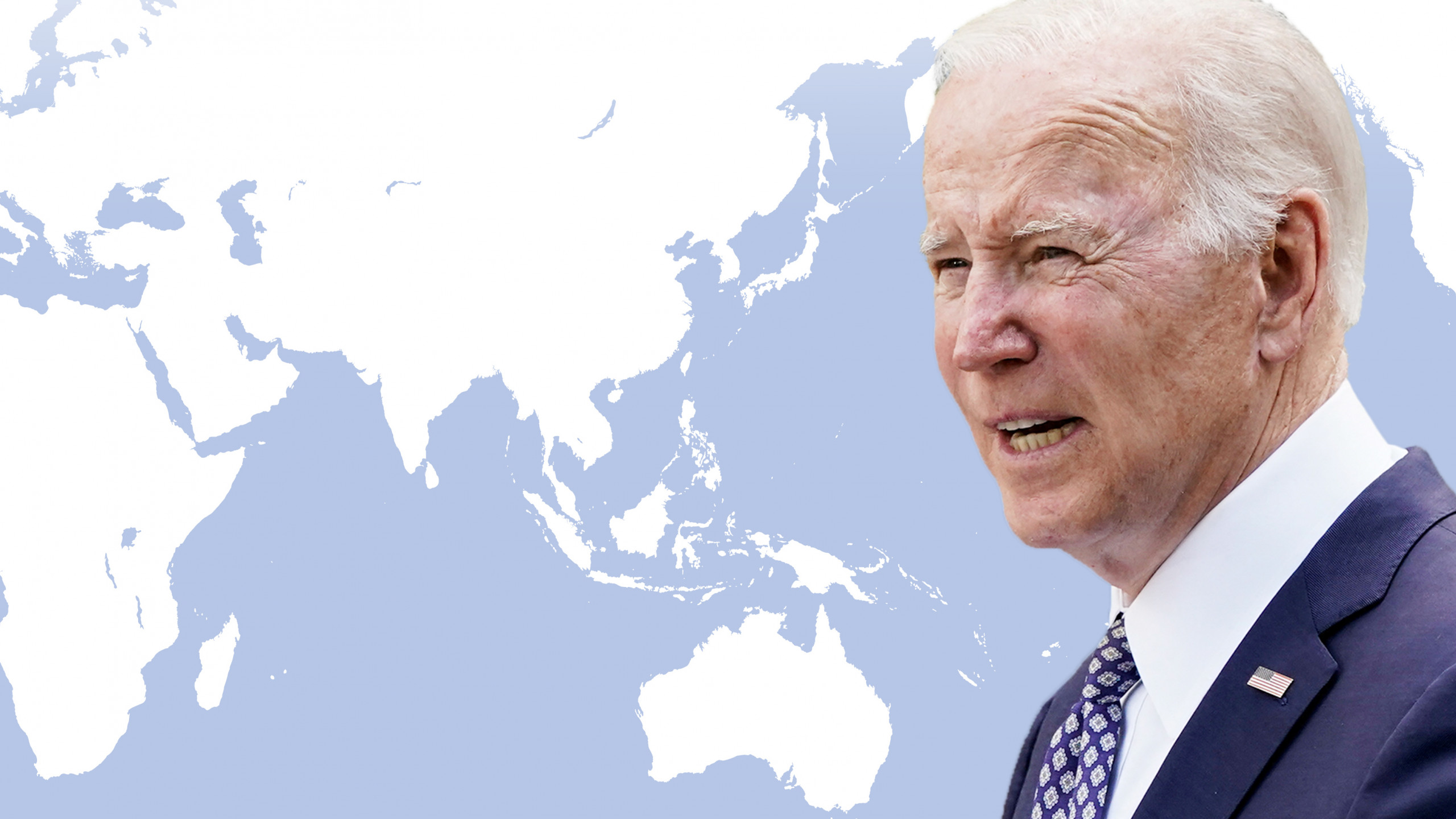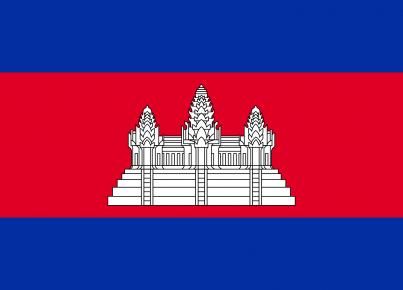Russia focuses on military cooperation in Southeast Asia. It holds the record in arms exports, and continues to deepen relations with some regional players through the so-called "defence diplomacy"
Over the past few days, Russian Foreign Minister Sergey Lavrov met with his Laotian counterpart Saleumxay Kommasith in Vientiane, the capital of Laos. Minister Kommasith thanked Russia for its help during the Covid-19 pandemic. The meeting was part of Moscow's broader "turn to the East" policy as a strategy for strengthening relations with the Asia-Pacific region, which hinges on Russia's leadership in arms sales and defence investments. This strategy has recently seen developments in Laos, with the start of the joint construction of an airport and defensive infrastructure.
Vladimir Putin recognises great potential in Southeast Asian countries and advances his strategic objectives by focusing on defense diplomacy. This emphasis on hard power is a peculiarity of the Kremlin's foreign policy, whose political culture values less the pervasiveness of soft power. According to several analysts, it is precisely Moscow's geostrategic ambitions and security imperatives that have allowed for a strengthening of cooperation with the Asia-Pacific region.
In recent years, Moscow intensified its efforts to sell arms to East Asia. However, the uncontested primacy in the sale of military supplies in the region seems to be showing signs of waning. Exports are in decline, mostly due to the Countering America's Adversaries Through Sanctions Act (CAATSA), passed in 2017 by the Trump administration. Faced with Russia's continued involvement in the wars in Ukraine and Syria and its interference in the 2016 US elections, Washington's reaction was not long in coming: the law imposes sanctions on anyone who has commercial relations with the Russian military-industrial complex. During 2015-19, Russia's arms exports to the Southeast Asian region amounted to $ 2.7 billion, down from $ 4.7 billion in 2010-14, according to Ian Storey of the Institute for Southeast Asian Studies (ISEAS). Between 2010 and 2019, Russia's global exports also declined, falling from $ 36.8 billion in 2010 to $ 30.1 billion in 2019, a drop of 18%.
The countries of Southeast Asia play a strategic role. The growth of national defence spending goes hand in hand with economic development. "Weapons have flowed into Southeast Asia in recent years in part because ASEAN nations can now afford to buy them," said Siemon Wezeman, a researcher at the Stockholm International Peace Research Institute (SIPRI). Trade with Russia has several advantages: arms prices are much more competitive than those of competitors such as the US, China and the European Union. In addition, "Russia is flexible on non-cash payment methods, which gives it an edge in developing economies," said Shinji Hyodo, director of policy studies at Japan's National Institute for Defense Studies. For instance, Indonesia is expected to pay half of its payment for Su-35 jets with exports of palm oil, rubber and other products. But the real strategic advantage is that Moscow does not require any ideological counterpart, contrary to what happens with the United States and the EU, which asks for political performances on human rights and democracy. This is why Myanmar cannot import weapons from the EU due to an embargo that has been in place since 1990. Similarly, the 2014 military coup in Thailand also led to restrictions on the part of European suppliers.
Vietnam and Myanmar are the main Russian arms destinations, followed by Malaysia, Indonesia and Laos. In Vietnam, Russia dominates 60% of defence imports. In Myanmar, the role of arms supplier is particularly controversial, due to the recent military coup. Last month, a Russian delegation secretly visited the coup military junta amid protests from human rights activists. Among the other members of the delegation, there was a representative of Rosoboronexport - a state agency that deals with exports of defence-related goods and services. The Burmese coup leader Min Aung Hlaing returned the visit on 22nd June, proving that the military cooperation between the two countries does not seem to show signs of abating. Indeed: Russia was among the countries that at the United Nations abstained from the assembly resolution calling for an arms embargo in Myanmar: Russia and China are in fact the country's two largest arms suppliers.
The countries of the region are working on an autonomous role in international relations, and the competitive advantages represented by Russia could be outclassed by different calculations. The urgency of dealing with security issues such as Myanmar and the South China Sea is combined with the desire to protect regional stability and the quiet life of its inhabitants. The Kremlin's defence diplomacy will have to diversify its offer of defence-related goods and services to compete with increased international competition.






